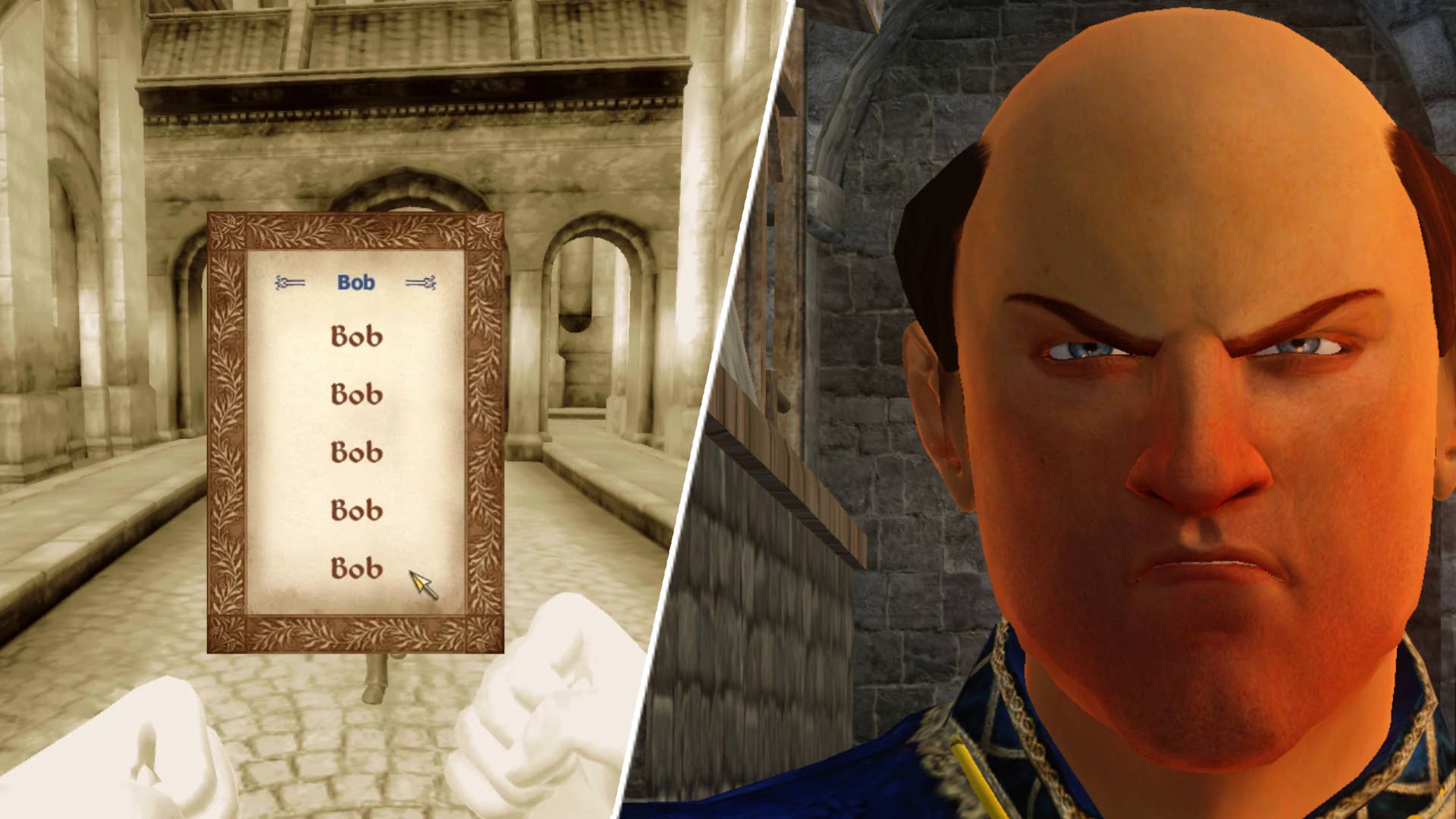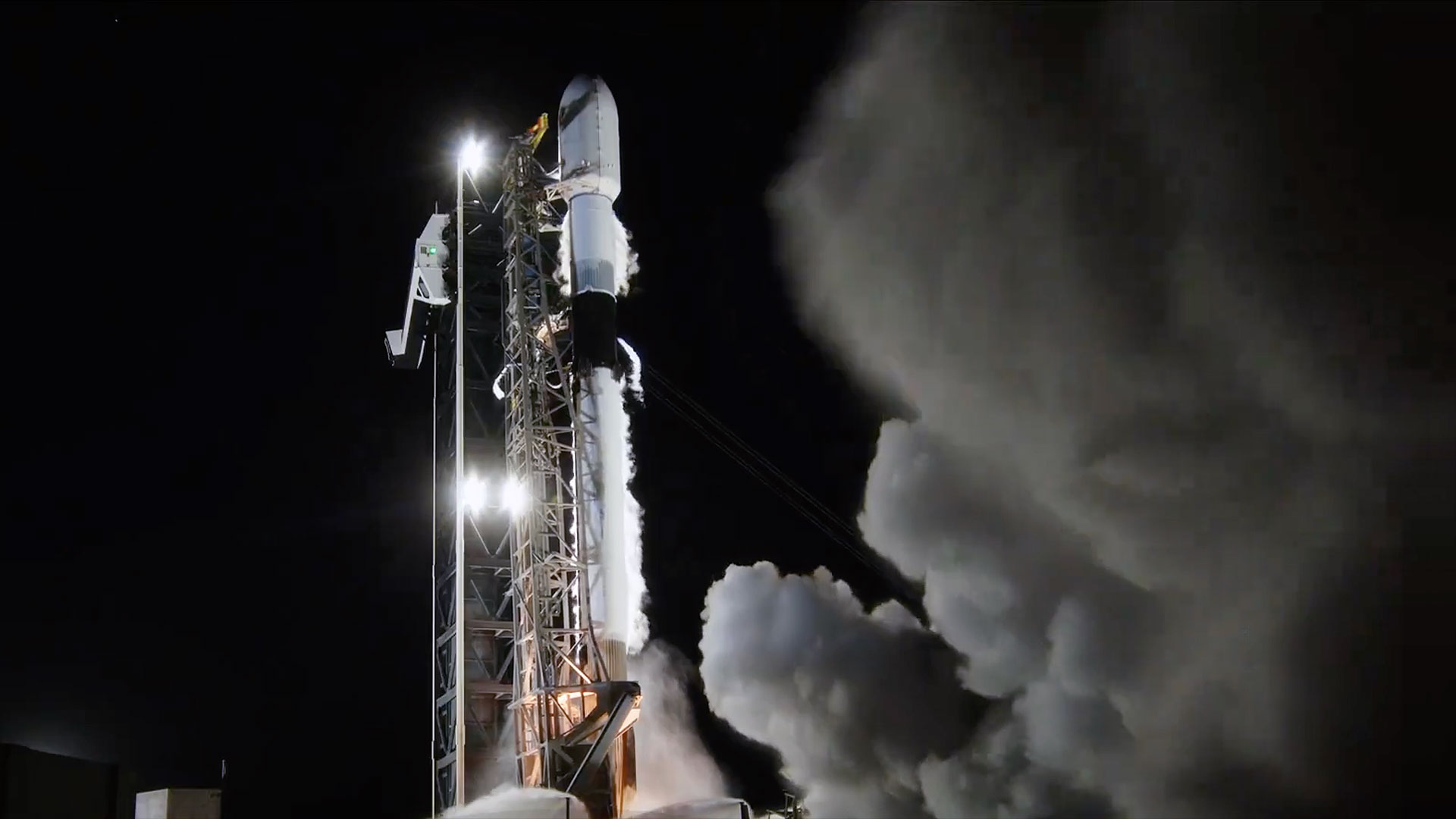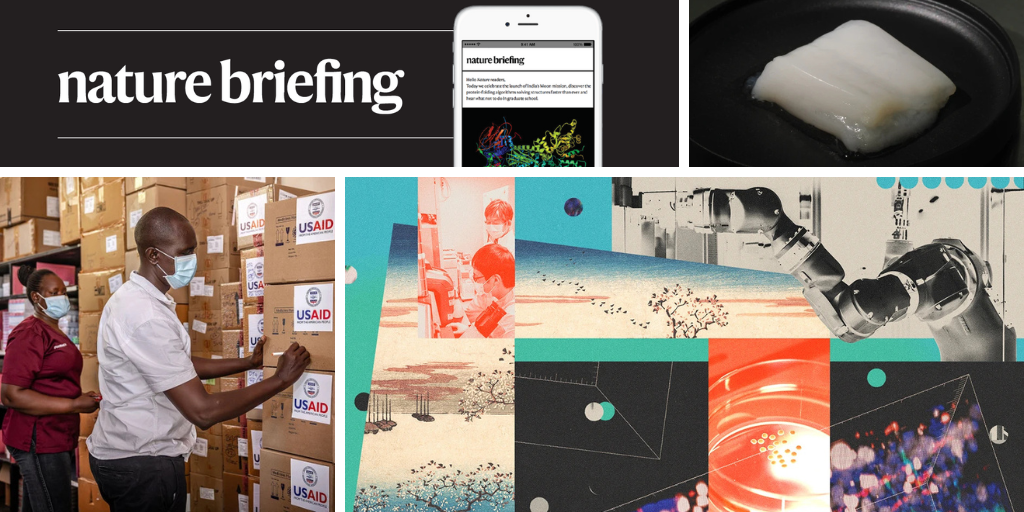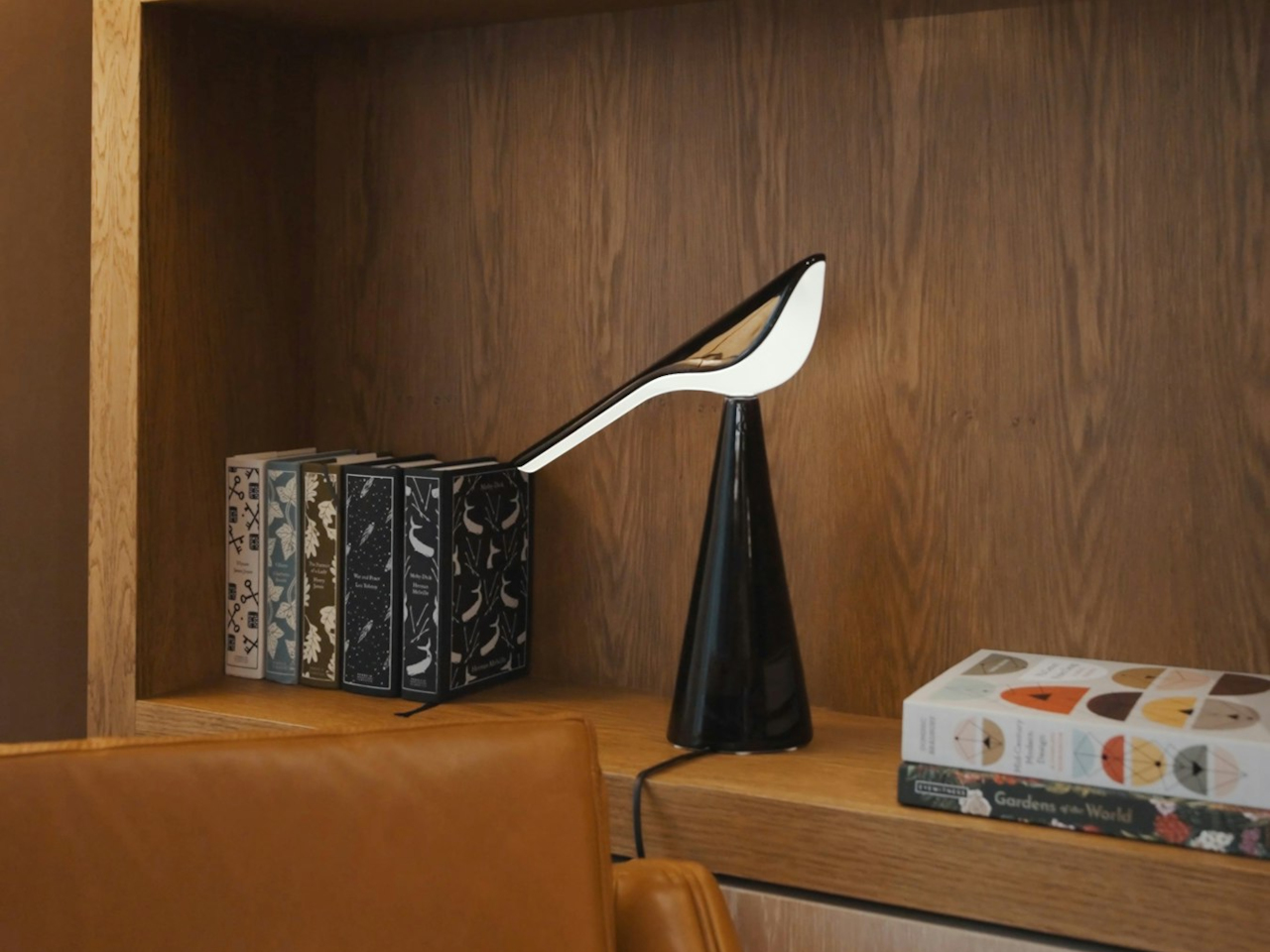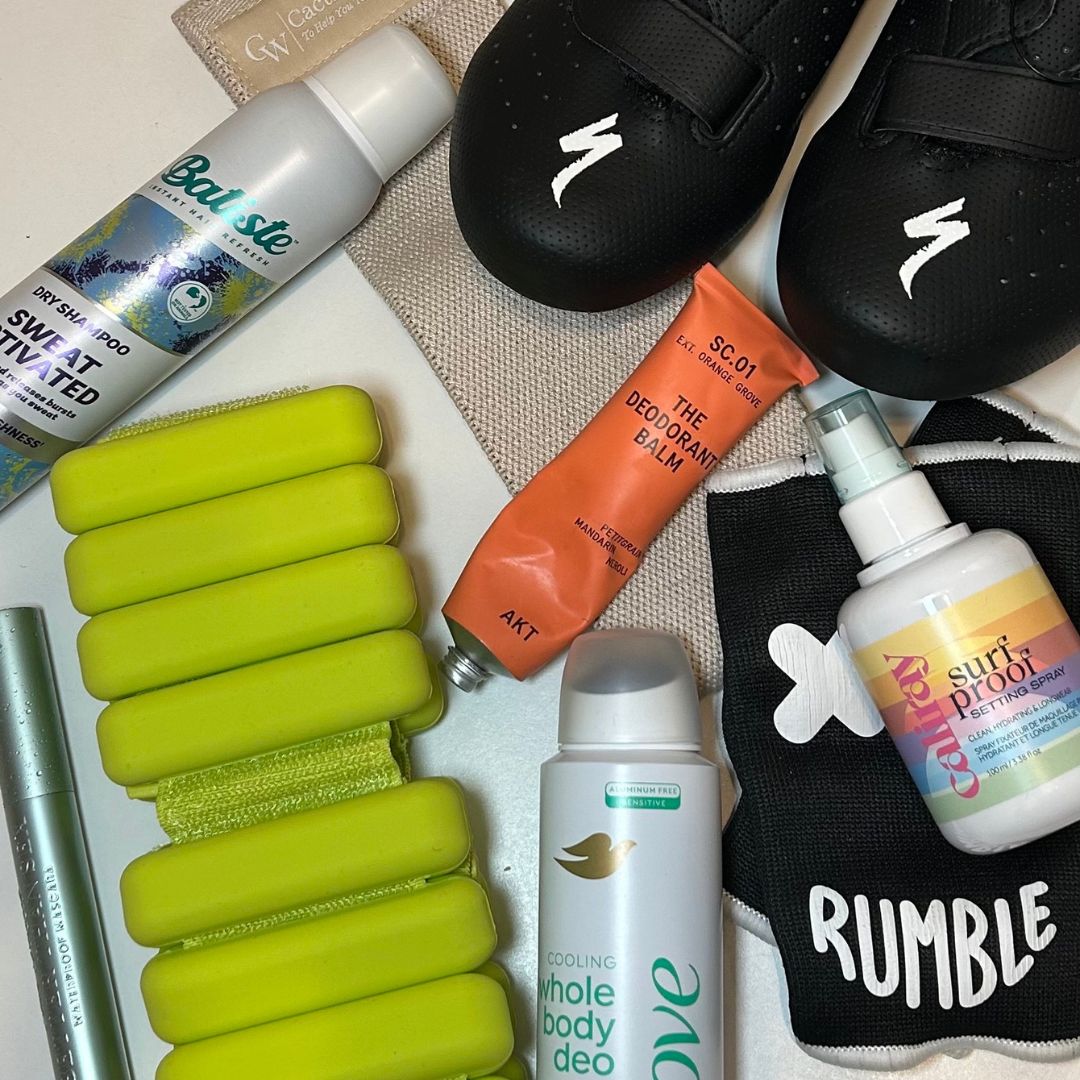Buick’s Comeback Is in Big Trouble Thanks to Tariffs
Buick's sales increased by 39% in Q1 2025, but its three best-sellers are imported from Asia and squarely in the tariff firing zone. The post Buick’s Comeback Is in Big Trouble Thanks to Tariffs appeared first on The Drive.
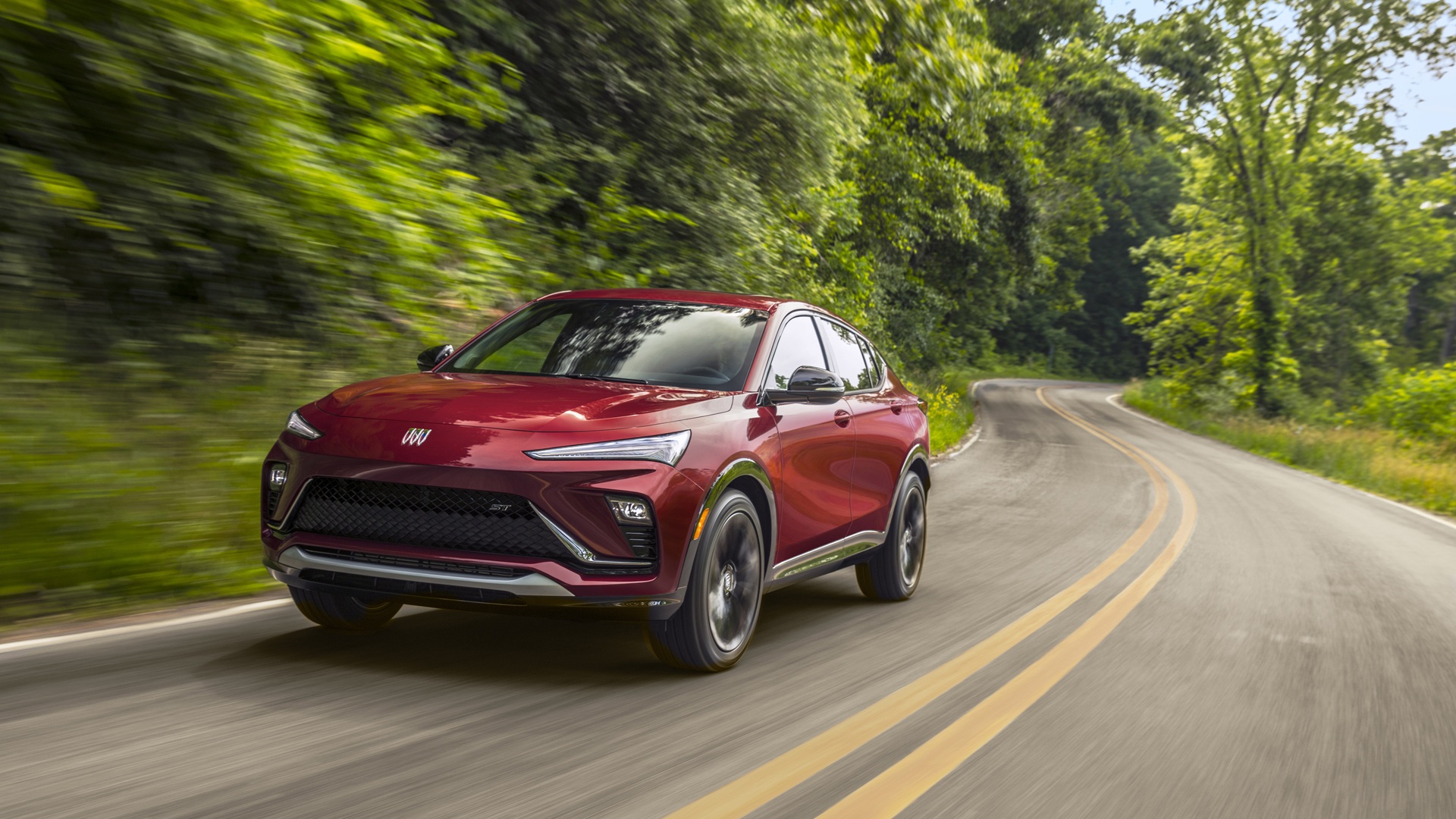
Buick spent years shedding its status as an also-ran that inexplicably filled the void separating Chevrolet and Cadillac. The company was making relatively good progress, thanks in part to a major product overhaul. Sales rose by 39% in the first quarter of 2025, but the White House’s tariffs on imported cars could erase this progress. Buick’s three best-selling models are all built on the other side of the Pacific.
The company delivered 61,822 cars in the first quarter of 2025, up from 44,385 cars during the first quarter of 2024. Executives have good reasons to be both proud and relieved: Buick logged nine consecutive quarters of year-over-year growth, and over 50% of its sales were to conquest buyers coming from outside the General Motors portfolio. But, it sounds like the brand’s success story is going to be put on pause.
Buick’s three best-sellers in Q1 2025 were the Encore GX (20,408 cars), the Envision (15,485 cars), and the Envista (14,862 cars). The Encore GX and the Envista are made in South Korea, and the Envision is made in China, so all three are now subject to significant tariffs. Buick will need to pay a 27.5% tariff on every Encore GX and Envista it imports, while the Envision now comes with five tariffs that add up to 95%.
Dealers across the nation are sitting on a higher-than-average 82-day supply of new, tariff-free Buick models, but someone will have to absorb the tariffs once that inventory runs out. Analysts believe that passing the extra cost onto consumers will dent Buick’s sales.
“The latest wave of Buick vehicles is affordable, are good quality, are decent vehicles, and ruining that with a cost disadvantage could upset Buick as a going entity in the United States,” Sam Fiorani, the vice president of a research firm called AutoForecast Solutions, told Reuters.



Affordability is a big part of the Buick success story. Selling, in a nutshell, “nice cars at an affordable price” is how it managed to carve out a niche for itself between Chevrolet, which largely focuses on the mainstream end of the market, and Cadillac, whose stake is planted in the luxury segment. Factor in a 27.5% tariff—let alone a 95% tariff—and Buick’s present appeal flies out the window.
“Build local” is the obvious way out, but that solution is harder and more time-consuming to implement than many assume. It would require finding the extra production capacity in one of the plants that General Motors operates within the United States and setting up the tooling needed to build the three crossovers. It might make sense in the long term, but the brand would definitely suffer in the interim, before those domestic lines are up and running.
British bank Barclays expects that carmakers hit hard by the new round of tariffs “will no longer sell vehicles that cannot be sold profitably” in the United States, according to Reuters. The bank predicts that General Motors will stop importing about 450,000 cars from South Korea and China due to the tariffs, and it cut the carmaker’s 2025 earnings by 40% due to a tariff-related $9.5 billion (!) hit.
Falling sales within China compound Buick’s problems. Remember: The brand’s strong performance on the Chinese market was one of the main reasons why it wasn’t axed, like Hummer, Pontiac, and Saturn, when General Motors filed for bankruptcy in 2009. However, Buick and its Western peers have taken a hit as buyers in China increasingly shift toward cars built by local companies. Buick sales in China dropped by 65% from 2020 to 2024, according to data reviewed by Reuters. And, its international presence largely ends there.
General Motors hasn’t commented on the report, nor shared a plan on how it will steer Buick through the tariffs.
Got tips? Send ’em to tips@thedrive.com
The post Buick’s Comeback Is in Big Trouble Thanks to Tariffs appeared first on The Drive.



















